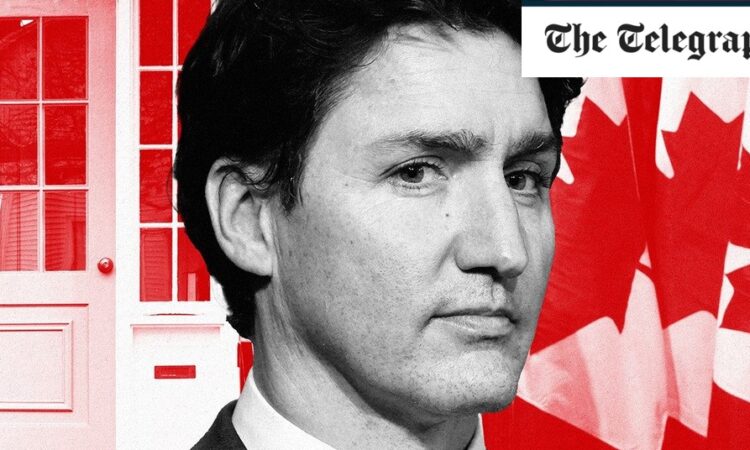
Tom Davidoff, associate professor at the University of British Columbia, told Canadian media that it is “very hard to believe” the ban had been successful.
“In the most affordability-challenged markets, it’s very hard to believe there was a lot of impact because there were so few foreign buyers to begin with,” he said.
The latest available figures from Canada’s national statistics agency, from 2021, show that prime markets in Toronto and Vancouver had relatively low foreign residential property ownership, with 2.6pc and 4.3pc respectively.
It comes as Canadians face high levels of immigration under Trudeau’s leadership, with almost one million people estimated to arrive over the next two years, according to government figures.
The controversial prime minister has set a target of attracting 500,000 new immigrants to Canada every year.
According to the 2023-2025 Immigration Levels Plan, it will welcome 485,000 new permanent residents in 2024 and 500,000 in 2025.
Canadian media previously reported that the government was warned by officials in 2022 that increasing immigration would likely make housing more unaffordable.
House prices surged 56pc between the end of 2019 and the summer of 2022, research by Oxford Economics shows, amid record arrivals from overseas.
Rents have also gone up, according to a report by the Canada Mortgage and Housing Corporation, which showed that prices had risen 8pc across 17 metropolitan areas, from C$1,250 (£736) to C$1,359 (£800) in the past 12 months.
